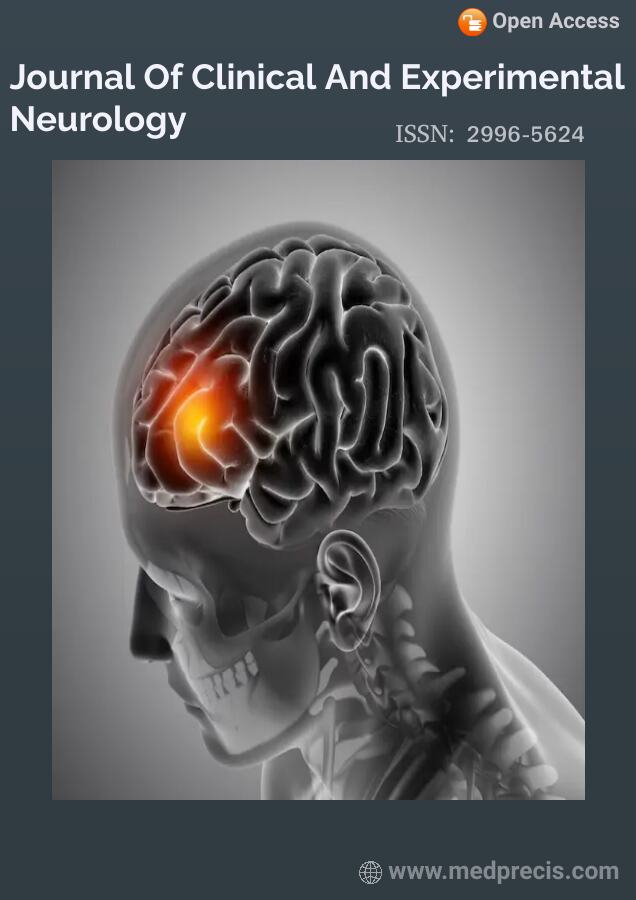Expanding Treatment Approaches for Schizophrenia: Beyond Antipsychotic Selection
William LuggAbstract :
ABSTRACT
Over the past five decades, the treatment landscape for schizophrenia has predominantly revolved around the development of antipsychotic drugs. Despite notable advancements leading to the availability and utilization of numerous medications, they generally fall into three primary classes: conventional (typical), atypical, and dopamine partial agonist antipsychotics. While these drugs operate through diverse mechanisms of action, they predominantly target dopamine systems. Although second-generation (atypical and dopamine partial agonist) antipsychotics are perceived to offer advantages over first-generation agents, the distinctive pharmacological properties underlying the therapeutic effects of these newer drugs remain unclear. Furthermore, certain side effects persist, potentially impacting patient well-being and quality of life. Additionally, the efficacy of antipsychotic drugs is constrained, necessitating the adjunctive use of pharmacotherapy to enhance treatment outcomes. Despite ongoing efforts, the quest for novel non-dopaminergic antipsychotic drugs has yet to yield breakthroughs, although various development strategies persist, informed by diverse pathophysiologic hypotheses. This article offers a concise overview and critique of the current therapeutic arsenal for schizophrenia treatment, alongside drug development strategies and theories regarding the mechanisms of action of antipsychotics. Moreover, it directs attention toward novel targets for therapeutic agents in future drug development endeavors.
Keywords: Schizophrenia; Antipsychotic drugs; Psychosis; Hyperprolactinemia.

